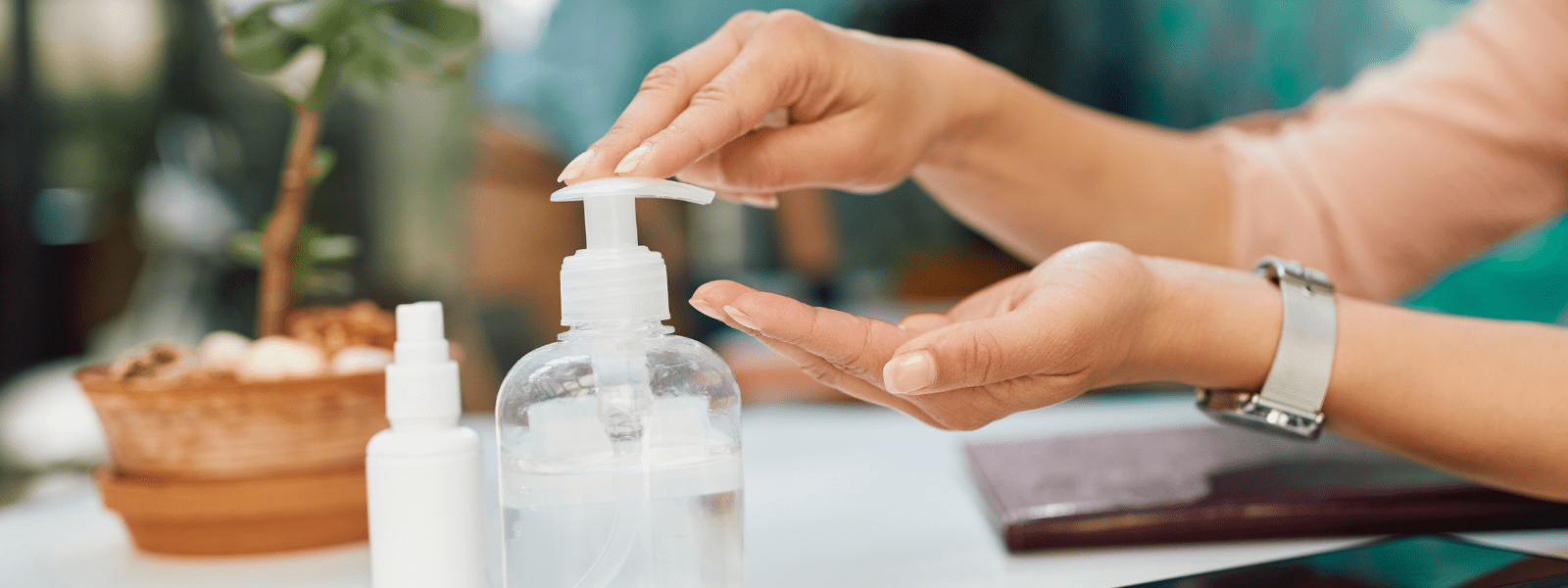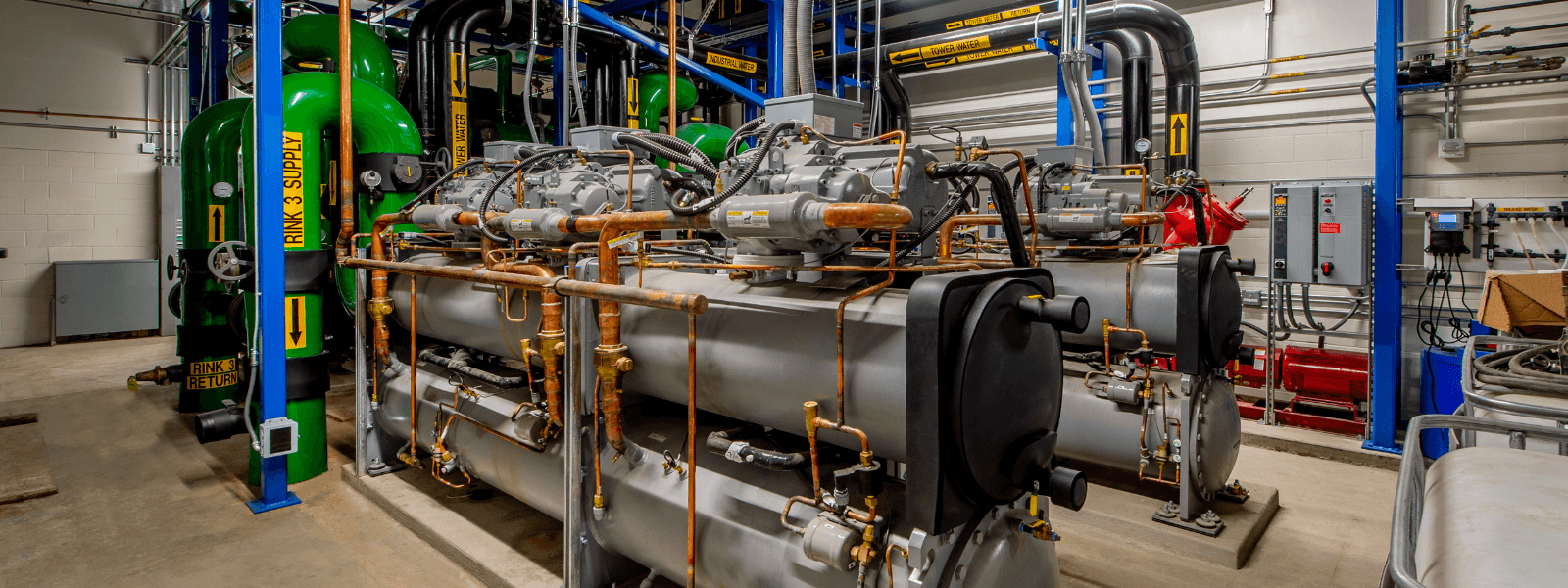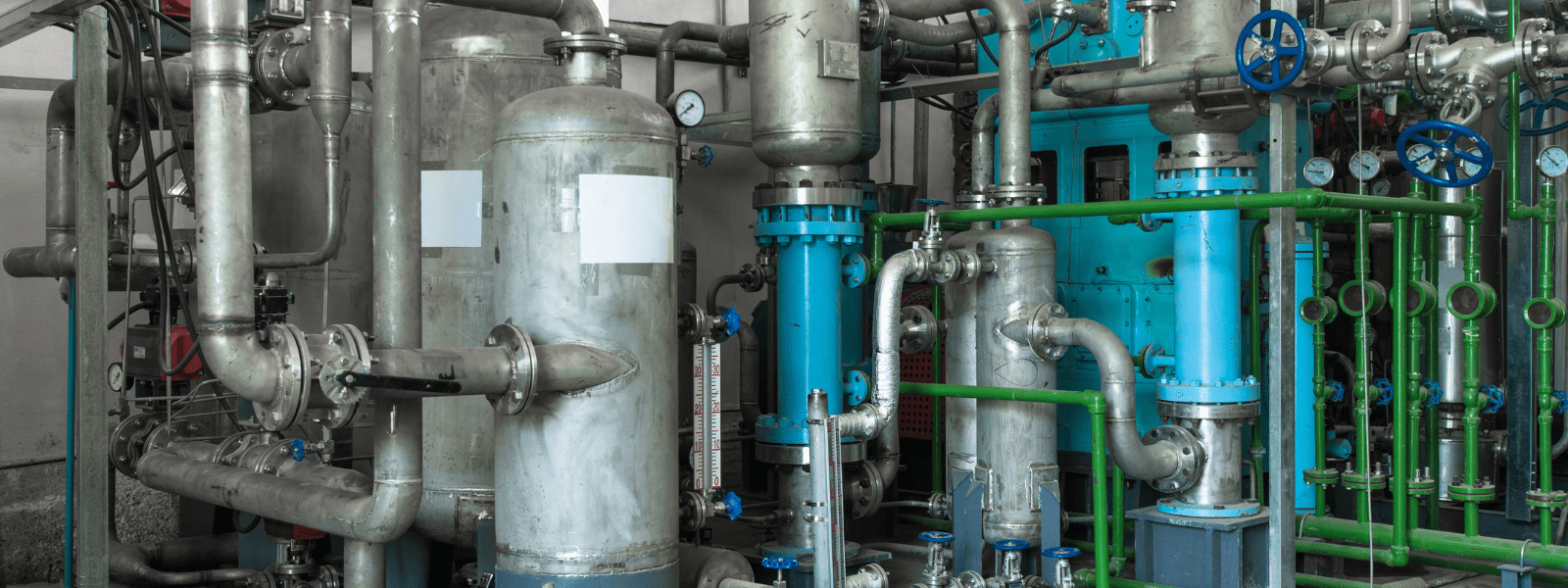The use of biocidal products to eliminate powerful and harmful destructive living organisms is a common practice in industries. Most people using these products, however, do not know how much effort goes into their regulation. These products possess these strict...












